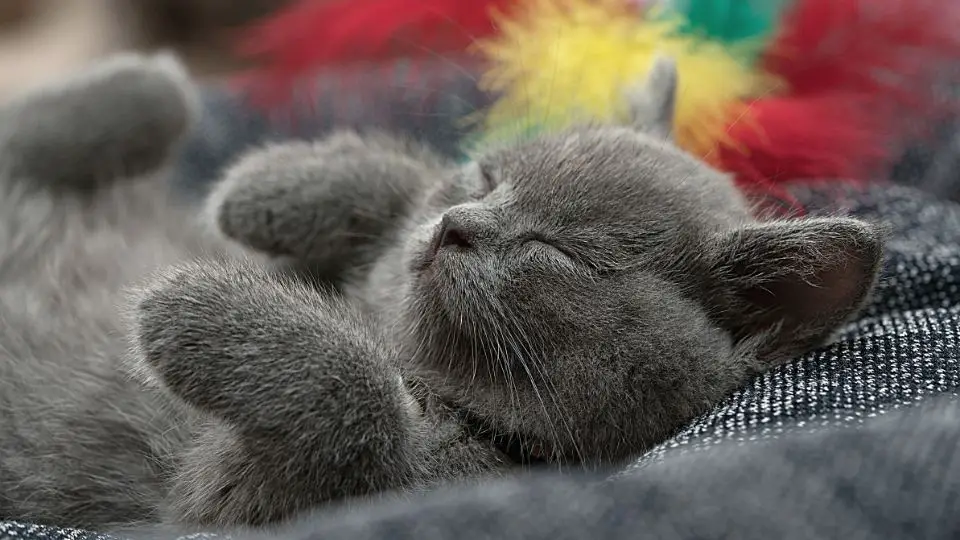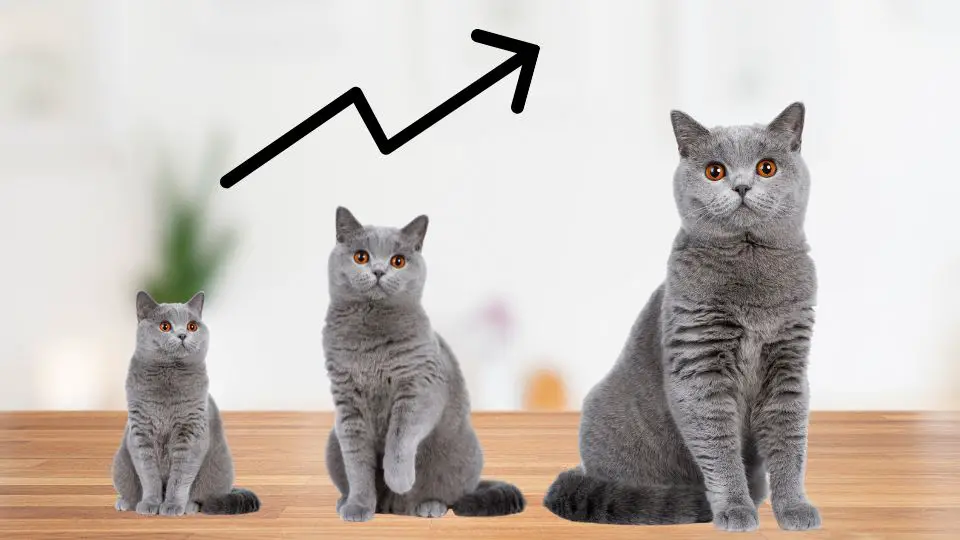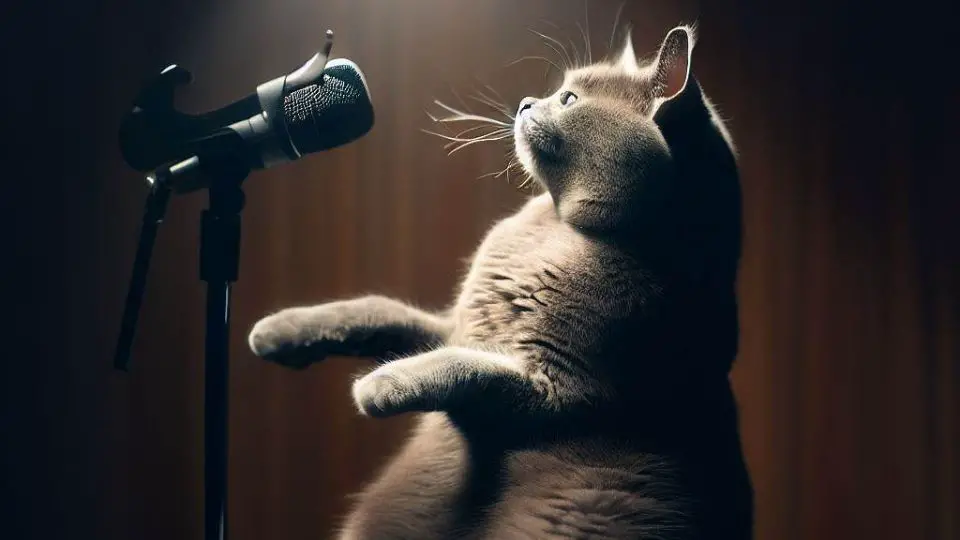Have you ever noticed your British Shorthair lying on their back with their paws up in the air? While it may seem odd, there are actually several reasons why cats exhibit this behavior, including stretching, heat regulation, trust, attention-seeking, and playfulness.
In this article, we will explore the various reasons why British Shorthairs lie on their backs.
Why do British Shorthairs lie on their back?
British Shorthairs are known for their unique behavior, and one of their cutest and most endearing habits is lying on their back. This position, known as the “supine position,” is a common and natural behavior for cats.
Here are some reasons why British Shorthairs lie on their back:
Stretching and relaxation
Lying on their back allows cats to stretch out their muscles, particularly in their legs and torso, which can provide a sense of relaxation and comfort.
Heat regulation
Another reason why cats lie on their back is to regulate their body temperature. The belly is an area with less fur and blood vessels, which helps dissipate heat from their body.
Trust and vulnerability
When a British Shorthair lies on their back, it shows that they trust their owner and feel safe in their environment. This position also demonstrates their vulnerability and dependence on their owner.
Attention-seeking behavior
Lying on their back can also be a sign of attention-seeking behavior. It is their way of seeking attention or inviting their owner to pet their belly.
Playful behavior
Some British Shorthairs may lie on their back as a playful behavior, particularly during playtime with their owners or other pets.
Tips for interacting with your cat while they lie on their back
Interacting with your cat while they lie on their back can be a great bonding experience for you and your furry friend. However, approach your cat cautiously and pay attention to their response to avoid causing any discomfort.
Approach your cat cautiously
When your cat is lying on their back, they may be in a vulnerable position. Approach your cat slowly and cautiously, allowing them to see and smell you before making any physical contact.
Provide belly rubs and massages
Many cats enjoy being petted and massaged on their belly. Start by gently stroking your cat’s belly and watch their response. If they seem relaxed and comfortable, you can try rubbing their belly in gentle circular motions.
Avoid actions that can cause discomfort
While many cats enjoy belly rubs, some may not like it. Watch your cat’s body language and be aware of any signs of discomfort, such as twitching, growling, or biting. Also, avoid touching your cat’s sensitive areas such as their paws, tail, or ears, as it may cause discomfort.
Pay attention to your cat’s response
Every cat is different and may respond differently to interaction while lying on their back. Pay attention to your cat’s response, such as their body language and vocalizations, to determine whether they are enjoying the interaction or not.
How to interpret your cat’s behavior
As a cat owner, you should understand your feline friend’s behavior to be able to communicate and bond with them effectively. Interpreting your cat’s behavior involves observing their body language and other behavioral cues to understand their needs and emotions. Here are some tips to help you interpret your cat’s behavior:
Body language and signals
Cats communicate through body language, and understanding the meaning of their gestures and signals can help you understand their mood and needs. Some common body language cues to look out for include:
- Tail position: A tail that is upright and still usually indicates a friendly and happy cat. A tail tucked between the legs or flicking rapidly could indicate fear, anxiety or aggression.
- Ears: Ears held forward and upright indicate a cat is alert and curious. Ears that are flat against the head could indicate fear or aggression.
- Purring: Cats purr when they are content and relaxed, but it can also be a sign of pain or discomfort.
- Eye contact: Direct eye contact with a cat can be perceived as a threat or challenge, while a slow blink or relaxed stare indicates contentment and trust.
Other behavioral cues
In addition to body language, cats also exhibit behavioral cues that can help you interpret their needs and emotions. Some common behavioral cues to look out for include:
- Vocalizations: Meowing, purring, hissing, and growling are all ways that cats communicate their needs and emotions.
- Litter box habits: Changes in your cat’s litter box habits could indicate a health problem or stress.
- Eating habits: Changes in your cat’s appetite or eating habits could also be a sign of a health problem.
- Play and activity: Cats that are active and playful are usually content and happy. A decrease in activity or playfulness could indicate stress or health issues.
Examples of different scenarios
Interpreting your cat’s behavior can also involve understanding their behavior in different situations. Here are some examples:
- Meeting new people: Cats may display fear or aggression when meeting new people. Look for body language cues such as tail flicking, ears flat against the head, and a tense body posture.
- Playtime: A cat that is ready to play will usually crouch low to the ground, wiggle their hindquarters and pounce on toys or other objects.
- Grooming: Cats groom themselves to maintain cleanliness and comfort. If your cat is grooming excessively, it could be a sign of stress or anxiety.
Conclusion
In conclusion, there are various reasons why British Shorthairs lie on their backs, including stretching and relaxation, heat regulation, trust and vulnerability, attention-seeking behavior, and playful behavior.
It’s important to interpret your cat’s behavior through body language and other cues to understand their mood and intentions. When interacting with your cat while they are lying on their back, approach them cautiously, provide gentle belly rubs and massages, avoid certain actions that can cause discomfort, and pay attention to their response.
Remember that each cat is unique and may have different preferences, so always observe your cat’s behavior and adjust accordingly.







